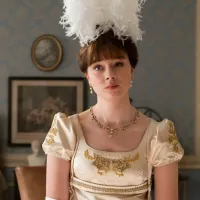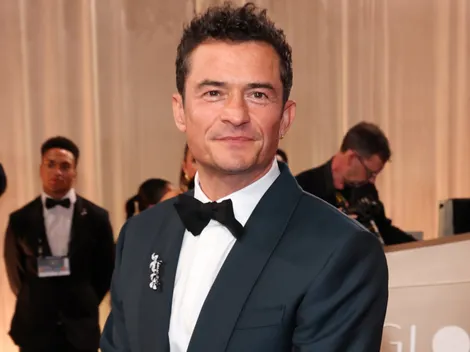‘Bridgerton,’ based on Julia Quinn’s novel series, has become one of the most beloved shows on Netflix. The period drama follows a family of eight siblings in different stages of life, who are all looking for their true love match in the cut-throat marriage market in London.
The drama, and the books, are set between 1813 and 1827, which was part of the period known as the Regency Era, which officially lasted between 1811 and 1820. This moment in history was marked by great change and development in fashion, architecture, art, literature and more.

see also
Bridgerton Season 3: Who will Eloise marry in the Netflix"s series?
As viewers have noticed, the series is filled with opulence in every way. Especially, when it comes to the balls, the gowns and, of course, Queen Charlotte’s (a real-historical figure, by the way) hair. However, while the series gets some things right (such as etiquette), the show is everything but historically accurate.
How Bridgerton transforms the Regency Era
The Regency Era officially began when the Parliament enacted the Regency Act in 1811, after George III’s mental health declined due to the death of Princess Amelia. This legislation suspended George III from his duties and appointed his oldest son, George, the Prince of Wales, as Regent Prince. George IV effectively ruled until his father’s passing in 1820, thereafter ascending to the throne as George IV and reigning for another decade.
During George IV’s reign, he patronized various artistic movements, fostering advancements in painting, sculpture, literature, music, and technology. The era exuded elegance and refinement, reminiscent of the scenes depicted in the series, characterized by lavish balls, duels, and a burgeoning Romantic sensibility.
However, as the show’s production designer Will Hughes-Jones notes, Bridgerton is not “historically accurate” but a “a pastiche of the period.” In that sense, he and his team “have to look at our historical references and then dial it up a few notches,” as he explained to Elle Decor.

see also
"Bridgerton" Season 3: Who is Lord Debling, Penelope"s new suitor?
Also, speaking with Shondaland, Hughes-Jones said that to create all the sets and designs they would “period correct,” meaning that they will decide how accurate they wanted to be: “it is a nod to the period, without being restricted by the period.” That’s why, among other things, the color palette and brightness are not restricted in the show.





